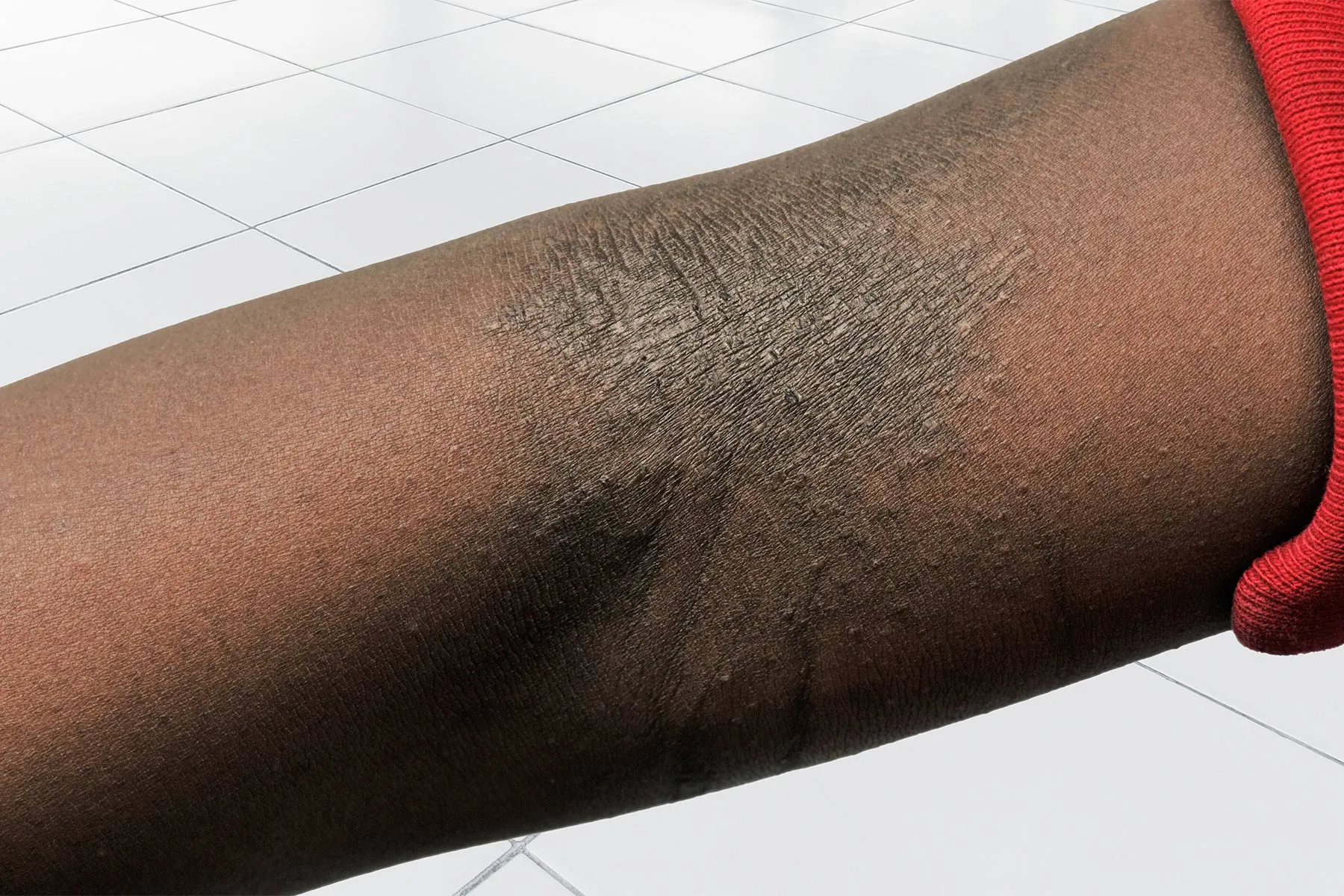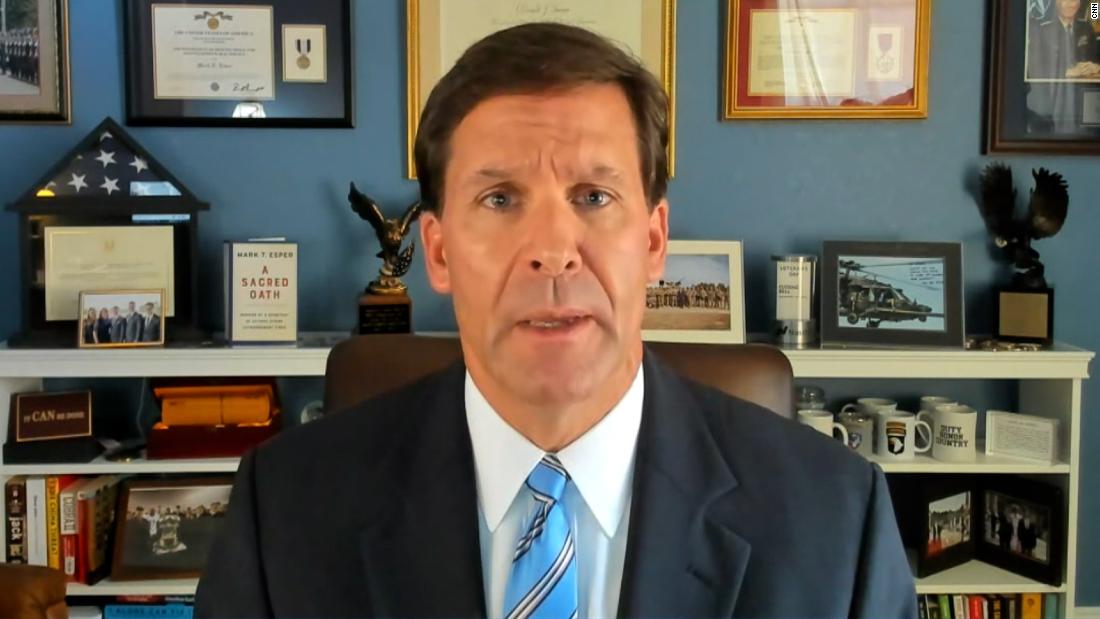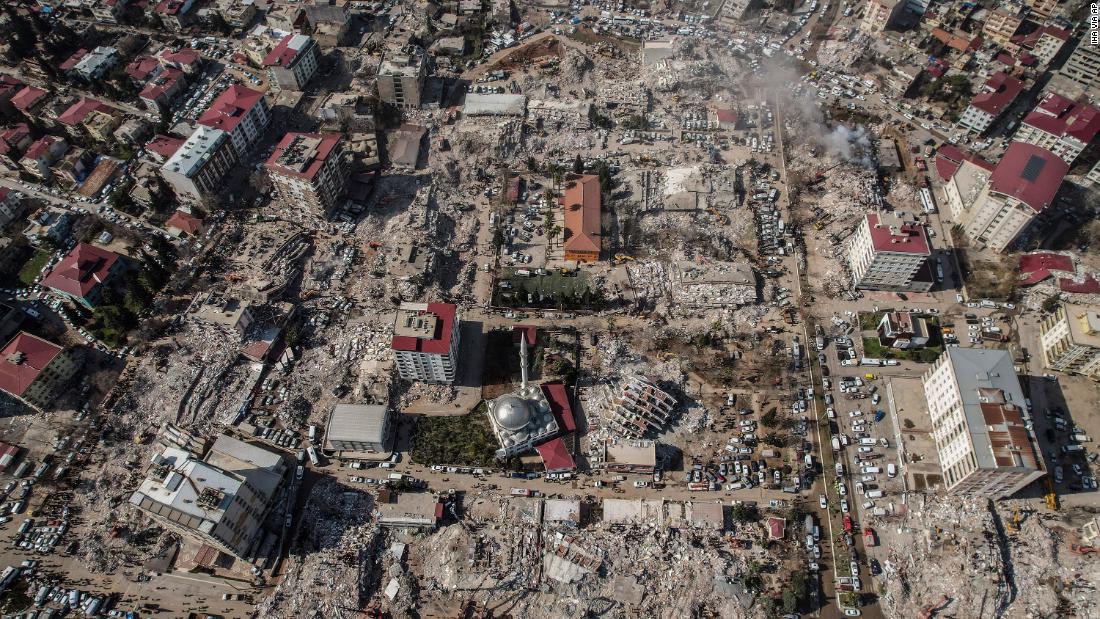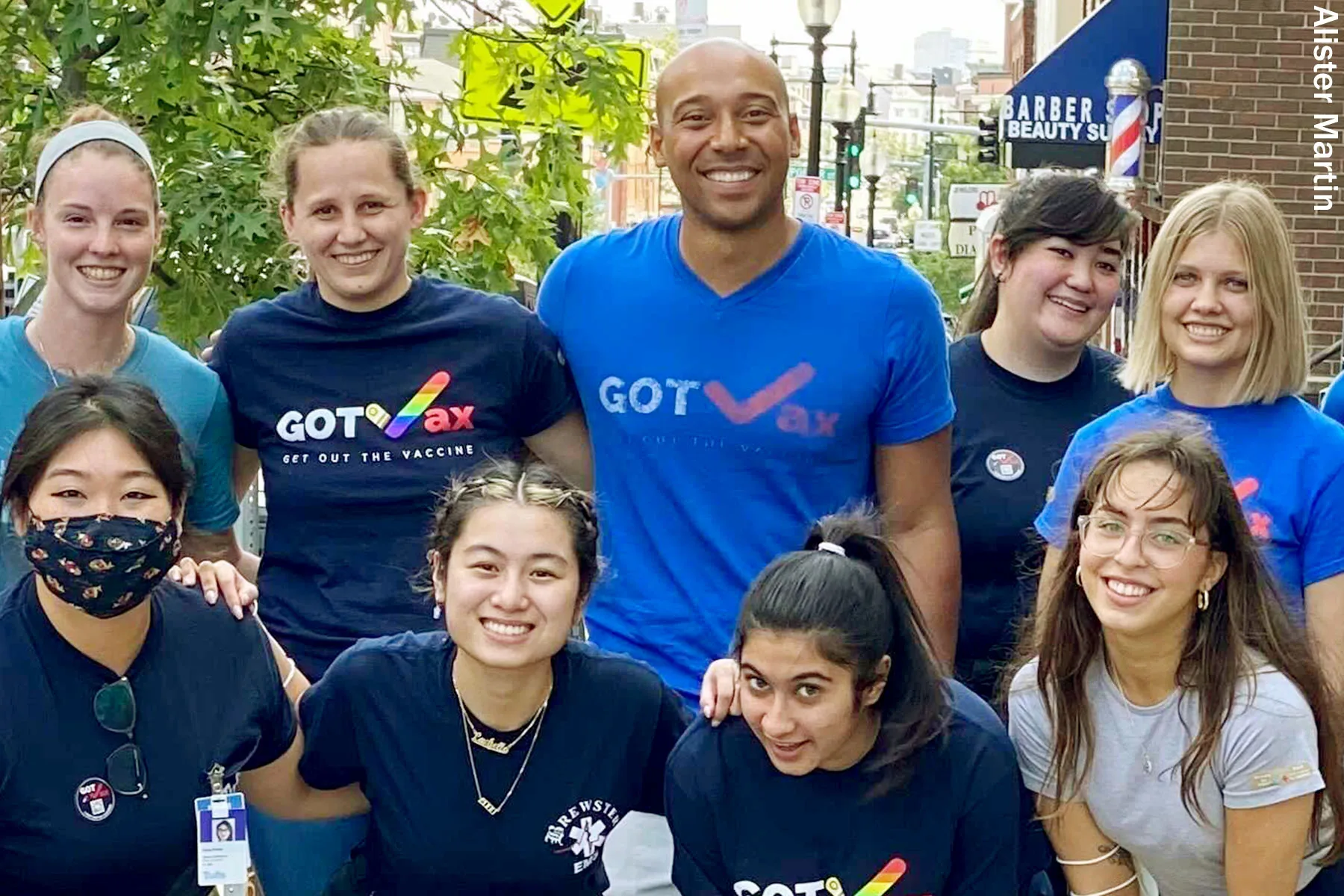The Crisis in Crisis Counseling
Hailed as alternatives to police, crisis counselors have struggled and triumphed over the past year. A year after nationwide protests against police violence, a TCR Special Report examines how crisis centers have changed, and their evolving relationship with law enforcement.

For the crisis counselors at the National Runaway Safeline (NRS) — a 24/7 hotline that serves runaway, homeless and at-risk youth — the pandemic has generated two emergencies.
Calls and messages to the 24/7 hotline are up, Devin Fuller, a crisis services supervisor at the Chicago-based NRS, told The Crime Report, citing for example an 8 percent increase in requests for help because of emotional or verbal abuse, and a 4 percent increase in calls relating to physical abuse.
And to make matters worse, added Jeff Stern, NRS’ chief engagement officer, at the pandemic’s peak, kids, some younger than 12, were calling with concerns worsened by COVID-19, such as finding safe shelters, dealing with depression and enduring abuse at home.

National Runaway Safeline offices, Chicago. Courtesy NRS
In addition to the pandemic-induced buildup, calls have accumulated at NRS for another reason.
Last summer’s protests against police violence elevated the role of crisis centers like NRS, as protesters urged one another to resist relying on the police and call upon alternatives — like homelessness hotlines and violence-intervention counselors — to intervene in emergency situations.
NRS hotline operators typically contact law enforcement officers for callers in “immediate crisis,” Fuller said. But, she added, fewer callers are requesting police intervention.
“Since last summer, a lot more callers do not want us to contact law enforcement,” Fuller said. “A lot of them do not trust the police even more. They think they’ve abused their power.”
While fielding this influx of calls, NRS counselors have had to navigate a second emergency: their own.
Employees haven’t been immune to the issues about which they counsel callers, and illness and isolation made this year “harder than other years,” Fuller said.
While transitioning to a fully remote crisis center, Stern said the staff temporarily eliminated volunteers, shrinking the number of counselors when calls were climbing.
“Especially in the crisis services team, you’ve got your own stuff going on during a pandemic,” Stern said.
“You can imagine how draining it must be to field these calls: here’s something that is tough to listen to, and then still have your own baggage. To deal with all that — it can be pretty overwhelming.”
Reimagining Crisis Centers
The National Runaway Safeline is one of thousands of crisis centers nationwide whose employees, particularly their hotline operators, have had to reimagine their essential services amid cataclysmic shifts in public health and public safety.
Now, crisis centers are beginning to reflect on the past year, and many have reevaluated how they relate to law enforcement — as alternatives, supplements, collaborators or a combination of all three. Varied circumstances, from staffing shortages and local pushback, to loyalty to law enforcement and federal partners, to longer hotline calls and other challenges caused by COVID-19, defined the past year and a half.
To illuminate how months of intensity have magnified the challenges and successes these essential workers face, The Crime Report spoke to crisis centers across the country.
In conversations with counselors around the country, TCR found that the strains of 2020 and early 2021 raised doubts about whether crisis centers could replace the role of law enforcement in dealing with even non-criminal emergencies.
While crisis responders are reimagining their relationship to law enforcement in vastly different ways, it seems their ascendancy as police alternatives, as some hoped, won’t happen overnight.
Thousands of services are classified as crisis centers. But specializing as they do in vastly different fields and employing various responses, many can’t be neatly remade as alternatives to police. Some want to retain law enforcement ties, while others have significantly amended their relationship with police.
Although they elude neat classification, crisis centers attracted national attention after George Floyd’s murder. Lists of alternative crisis responders — like Don’t Call the Police, an online directory of local police alternatives in 80 cities — circulated on social media.
A Difficult Year
To understand the role of crisis centers, it’s best to point to examples.
County- or state-operated crisis centers and hotlines differ from 9-1-1 call centers, which serve as conduits for police, fire or medical emergency responses. These centers typically operate 24/7 hotlines that address various caller needs — from mental health crises to homelessness — and offer targeted responses.
Depending on the needed service, some centers partner with local police departments, others deploy trained employees as emergency responders and some refrain from contacting law enforcement entirely, focusing instead on one-on-one hotline conversations, legal referrals or case management.
Denver’s Support Team Assistance Response (STAR) pilot program, launched last June, allows 9-1-1 callers to reach a medic and a clinician — rather than the standard police or fire department — for crises related to mental health issues, poverty, homelessness or substance abuse.
Over the pilot program’s first six months, STAR received more than 2,500 emergency calls and responded to 748. No calls required the assistance of police, and no one was arrested. Crucial differences distinguish STAR, proactive teams of counselors who field and respond to emergency calls, from a service like NRS, which emphasises homelessness prevention and family reunification as much as call services.
Examined on a local level, crisis centers’ experiences over the past year and a half provide a more nuanced picture of the realities of reevaluating their relationship with law enforcement, dealing with pushback and navigating a new public image.
Domestic Violence: A Case Study
Perhaps no crisis sector has been more affected by calls to de-emphasize police intervention than those that service domestic violence survivors.
For both police officers and trained responders, domestic violence calls are notoriously dangerous. In Utah, more officers die responding to domestic violence calls than any other kind, Jenn Oxborrow, former executive director of the Utah Domestic Violence Coalition, told a Salt Lake City reporter.
Some domestic violence crisis centers, many of which attempt to prevent abuse or support survivors after the fact, often rely on criminalization and legal retribution. But last summer’s protests reinvigorated a decades-long discussion about the relationship between policing, incarceration and domestic violence. One service — the Iowa Coalition Against Domestic Violence (ICADV), a network of 22 Iowa victim service programs — found itself at the center of statewide debate.

Kirsten Faisal
It wasn’t the first time ICADV had questioned carceral approaches to domestic violence prevention. Kirsten Faisal, ICADV’s Director of Training and Technical Assistance, told TCR the coalition had been “having these conversations for a couple of years.”
For years, ICADV had been working toward a “pivot” away from criminal legal responses and toward alternative domestic violence prevention strategies, like investments in affordable housing, healthcare infrastructure and education.
Faisal said history indicates the danger of criminal approaches. Major bills like the Violence Against Women Act (VAWA) undercut the original aims of the organized push against domestic violence, a movement initiated and led by women of color in the 1970s that championed counseling, community intervention and affordable housing.
Passed in 1994, VAWA provided $1.6 billion toward investigation and prosecution of violent crimes against women and imposed automatic and mandatory restitution on those convicted. “It also was like the first big marriage between domestic violence response and the legal system in the United States,” Faisal said.
If handled appropriately, collaboration can aid survivors. But like other Clinton-era crime bills, some argue the VAWA deepened racial and economic disparities in an era of mass incarceration.
“They were saying back in the 90s, ‘This disrupts families, it disrupts economic stability and harms survivors, because it doesn’t make them safer — it actually makes them more vulnerable and increases economic instability,” Faisal said. “And people come right back to the community.
“Maybe they’ve been in jail, but they haven’t had the resources or intervention to actually change the situation. It’s a short-term triage that costs billions of dollars and only causes harm.”
Last June, as Americans were once again questioning the dividends of criminalization and incarceration, nearly 50 coalitions supporting domestic violence survivors signed an open letter apologizing for “choosing increased policing, prosecution, and imprisonment as the primary solution to gender-based violence.” The letter listed removing police from schools, decriminalizing survival and investing in affordable housing as priorities for domestic violence coalitions.
As a signatory, ICADV faced both condemnation and affirmation from police officers, with some recognizing the inadequacy of domestic violence criminalization and others feeling abandoned by long-time partners.
“Like everything else in this country right now, it was very polarized,” Faisal said. “There were places in other states where programs were threatened with losing their funding over this.”
The Police Perspective
Among crisis centers, ICADV’s “pivot” — and the ensuing backlash — isn’t unique. But it remains far from universal, a fact that reflects their fragmented responses since last summer, when some Americans asked centers to assume more responsibility.
On a national level, some cities are restoring or increasing law enforcement spending after a year of police budget cuts and social services budget increases, perhaps indicating that crisis centers aren’t the favored emergency response. On a local level, crisis counselors, police officers and social workers have presented complicated and sometimes contradictory ideas about the safest way forward.
In Maryland’s Montgomery County, where more than one-third of the calls where police exerted force in 2020 involved people “suffering from some form of mental illness,” crisis counselors told The Washington Post they feel “ambivalent” about their new role, with some “concerned about changing their long-standing protocols of working in tandem with officers.”
In recent years, these counselors have faced staffing shortages and budget cuts. Now, county administrators are devising a system that would require counselors to assess the danger level of a call before deciding whether to bring law enforcement. Some police are supportive of reducing “embedded co-response,” or the dispatching of clinicians alongside first responders.
“Embedded co-response is the opposite of what we advocate for. It’s not what we consider best practice,” Ron L. Bruno, a former police officer and the executive director of the advocacy group Crisis Intervention Team International, told the Post.
“That model still allows for involvement of law enforcement that is just unwarranted.”
But some counselors consider the police an extra layer of safety.
“The police are there for our safety, that’s all,” Montgomery County crisis clinician Manuel Calero said. “We’re the ones in the lead.”
Then there are the police officers — like those who felt betrayed by ICADV’s pivot — who say disconnecting crisis centers and police departments will invite danger. When the Idaho Coalition Against Sexual and Domestic Violence released the same open letter ICADV signed, the state’s Prosecuting Attorneys’ Association, the Sheriffs’ Association and Chiefs of Police Association all revoked their support of the Idaho coalition.
In a September letter, the attorneys’ association called the coalition’s statement “offensive to the ideals instilled in all prosecutors of this great state — to do justice.”
Regardless of centers’ relationship with law enforcement, domestic violence services are badly needed. The crisis in public safety overlapped with a year of on-and-off lockdowns that caused domestic violence to spike. While the number of calls to ICADV didn’t surge during the pandemic’s early months, the type of needed services shifted.
Inquiries about “basic survival needs” — housing, food and rent assistance — outpaced calls concerning abusive home situations, and as the national pandemic response floundered, ICADV attempted to provide “subsistence” needs to survivors, Faisal said. Virtual outreach enabled ICADV to expand its scope, removing “barriers” for survivors who typically juggle childcare, transportation and work with accessing the services ICADV programs provide.
But the shift in service demands has another explanation — one that indicates the need for preventative services.
“When you’re trapped at home with the person who’s harming you, it’s really hard to find an opportunity to call a hotline to have a safe conversation,” she said. “So that flurry of calls never came.”
Embracing Police Partnerships
Shaped by the ambivalent attitudes of some crisis counselors and the wide-ranging responses of police, the path forward for crisis centers remains uncertain. Unless, of course, you consider the centers that have always prioritized working with police.
The Identity Theft Resource Center (ITRC), which helps hotline callers mitigate the impact of identity compromise and crime, navigates situations that necessitate long-term, routine law enforcement collaboration.
“We work very closely with law enforcement, providing victim services for the entities that don’t have available services to victims of this type of crime,” President and Chief Executive Officer Eva Velasquez told The Crime Report.
Since ITRC partnered with the Federal Trade Commission (FTC) around 10 years ago, the FTC has referred over 20,000 victims to the center. The center also shares identity theft trend data with the FTC, Internal Revenue Service (IRS), Department of Labor and Federal Bureau of Investigation, which monitors identity theft through the Internet Crime Complaint Center (IC3).
Most calls to ITRC, which helps people mitigate the impact of identity compromise and crime, concerned pandemic relief scams — chief among the schemes, state level unemployment identity theft. ITRC received 19 calls in 2019 about this identity theft subtype. In 2020, calls concerning the subtype topped 900. Last year, calls hovered at 11,000, surpassing the typical annual total of 10,000.
Last summer’s anti-police protests didn’t change the center’s operations. For ITRC, appeals to avoid involving the police in crisis situations are unfeasible.
“The reality is that the process to remediate these crimes must involve law enforcement,” Velasquez said. “You need to have a police report to document that you are a victim of an identity crime before the consumer protection laws will kick in.
“In the best interest of the victims that we serve, we couldn’t change our policies.”
Lois Lee, the founder of Children of the Night — a non-profit that intervenes in the lives of children involved in sex trafficking, offering case management services via a 24/7 hotline — remains connected to local law enforcement.
Lee told TCR that she first brought the pervasiveness of child prostitution to law enforcement’s attention in the early 1980s. Last summer’s protests didn’t alter this long-standing relationship.
“We have a great relationship with the police department,” Lee said. “I empathize with them, because I know them. I know their families. I know how hard it was on them, and how many retired. And they still wanted to help us in any way they could.”
Breaking Down the Budget
Overwhelmed counselors, dips in calls, cutting ties with police officers or strengthening connections: each crisis center saw a different year, and individual centers will continue to determine their own stance on law enforcement collaboration.
But budgetary priorities might offer insight into county and statewide attitudes on crisis centers, police departments and their intersections. The last year and a half has indicated that there isn’t necessarily an inverse relationship between police and crisis center budgets — as police budgets fall, funds for crisis services don’t always rise, and vice-versa.
In Maryland, Montgomery County cut the police budget by $8.5 million in 2020, eliminating 21 officer positions, including five school resource officers. The Department of Health and Human Services, which encompasses the county’s crisis center, saw a $2.9 million budget reduction last summer, with spending reductions impacting the behavioral health division.
Although lawmakers agreed to hire 12 more crisis counselors last spring, the center only recently returned to pre-2008 funding levels. After the 2008 financial crisis, budgetary shortfalls forced the county to cut a team that took intoxicated residents to safe places to sober up, and the mobile crisis team was forced to take fewer calls.
For non-profit crisis centers, like the National Center for Victims of Crime (NCVC), securing adequate funding has also proven challenging in recent months.
Funded by members, individual donors, corporations, foundations and government grants, NCVC partners with hotlines and crisis centers nationwide to meet crime victims “where they’re at,” whether that means helping a caller file a police report or connecting them to a mental health professional, NCVC Managing Director Sarah Ohlsen said.
“We don’t have an agenda. We don’t want to de-emphasize the role of law enforcement, nor do we want to encourage reporting. Our goal is to listen, to support and to problem solve.”
According to Ohlsen, calls have increased in length and complexity. A major component of the center’s work involves referring callers to local legal services. Throughout the pandemic, distressed callers sought referrals via NCVC-affiliated hotlines, but COVID-19 hampered the services to which NCVC typically refers callers.
NCVC couldn’t hire more people to field these longer, more involved calls.
“In hindsight, if there was any way to increase staffing, that would have benefited every hotline,” Ohlsen said.
‘A Lot of Learning’

Ericca “CC” Hovie
Staffing shortfalls represent one symptom of a pandemic that both elevated and strained crisis centers, particularly those that forged new relationships with law enforcement. But another byproduct of COVID-19 is the rise of remote services, a development that has enabled crisis centers to inadvertently broaden their outreach.
For StrongHearts Native Helpline, a service assisting Native American survivors of domestic violence and family members and friends, “the last year and a half has been explosive in terms of our growth,” said Ericca “CC” Hovie, who is Anishinaabe and serves as StrongHearts’ Communications Manager.
Recognizing that survivors sheltering with a violent partner might be unable to make a private phone call, StrongHearts began bolstering other communication avenues. Driven by urgency — since its 2017 founding, the helpline has answered over 10,400 calls from across the U.S. — StrongHearts redesigned its website and launched text and chat helplines.
“We had always planned on adding those services, probably at a slower pace,” Hovie said. “But the need was so great, we had to respond.”
While virtual services are here to stay, in some ways the past year and a half has been unsustainable.
In recent months, the National Runaway Safeline recognized that some staff members were struggling and adjusted workloads appropriately. And it wasn’t just crisis services employees at NRS who were shouldering more responsibility. Increased demand impacted people in fundraising and communications, too, and Stern said NRS has made significant efforts to support employees.

Eva Herscowitz
For now, NRS is still adapting to its new role, the place of crisis centers in the public safety landscape changing day-by-day. For many, it’s been a period of both exhaustion and success, with new agreements with police, new challenges and new services.
“There’s been a lot of pressure on everybody, and it’s taken a toll,” Stern said.
He added later: “There’s been a lot of learning, and I think that’s still evolving.”
Eva Herscowitz is a TCR Justice Reporting intern. She welcomes readers’ comments.

 Landwebs
Landwebs 













/cdn.vox-cdn.com/uploads/chorus_asset/file/24430706/elon_musk_twitter_for_you.png)






